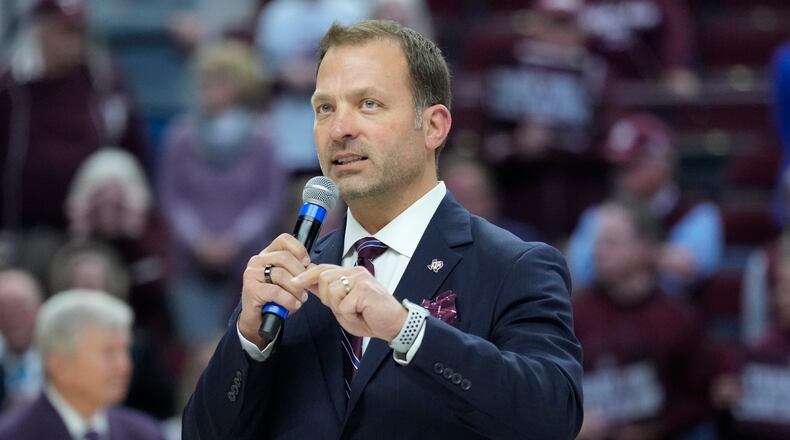Those are stemming from a settlement in a class-action lawsuit known as House vs. NCAA that has received preliminary approval in U.S. District Court but has not been finalized.
“The intercollegiate athletics landscape is undergoing a rapid transformation,”Bjork said via open letter he shared Thursday morning. “And through this change, it is our goal to continue the tradition of supporting 36 teams, prioritizing academics, winning and maximizing the student-athlete experience on and off the playing fields.”
Here are four things to know:
1. Ohio State will directly compensate players for their name, image and likeness rights beginning next year.
That is one of the main tenets of the lawsuit, which was filed by former players who argued they were robbed of the chance to collect on their reputations while they were in college before NIL payments from outside sources became permitted in 2021.
Moving forward, colleges plan to take the NIL payment process out of the hands of third-party collectives and distribute money themselves via revenue sharing. That money will come from a pool that is capped at around $20 million to begin with but will increase as athletics revenues increase.
A Letter to Buckeye Nation,
— Ross Bjork (@RossBjorkAD) November 21, 2024
As we begin the transition period for this new era of intercollegiate athletics at @OhioState, we must collectively harness and direct all our assets so we can continue to lead and maximize our full potential.
Full letter 📝: https://t.co/cGmExhtoSx pic.twitter.com/FbrzsLuIkD
2. Ohio State is not planning to cut any sports.
That has been one of the big questions since the settlement discussions became public because changes to the scholarship model figure to make fielding many teams more expensive.
Ohio State has long prided itself on having one of the largest athletics departments in the country and says it will continue to do so, but support for each team will likely vary.
The composition of many teams is likely to change, including fewer scholarships for some and more for others.
An example was included in a news release from Ohio State: The rifle and pistol team will become women-only by 2029. It is currently co-ed.
3. There will be more Ohio State players on scholarship but fewer Ohio State players overall.
Ohio State says it will 91 more athletes on scholarship but 150 fewer varsity athletes overall.
With the NCAA implementing roster limits instead of scholarship limits, some teams will grow while others will shrink.
Notably, football teams are expected to be allowed to have 105 players on scholarship (up from the current 85) but no longer have an unlimited number of walk-ons. Many teams now carry around 120 players in a given year.
In the future, all players in all sports will be considered to be “on scholarship,” but the amount of academic aid and other compensation they receive is likely to vary not only from team to team but player to player.
Schools will also have to decide how to allot revenue-sharing payments across the department from the $20 million cap, money that is separate from academic financial aid.
4. More changes are surely coming for fans.
On top of budget cuts for next year, the department is “actively reviewing a range of initiatives to support increased costs.”
Those could include changes to the football season ticket plans, expanding fundraising efforts, increasing corporate sponsorships, renaming more buildings and “new strategic initiatives around licensing and branding.”
About the Author

